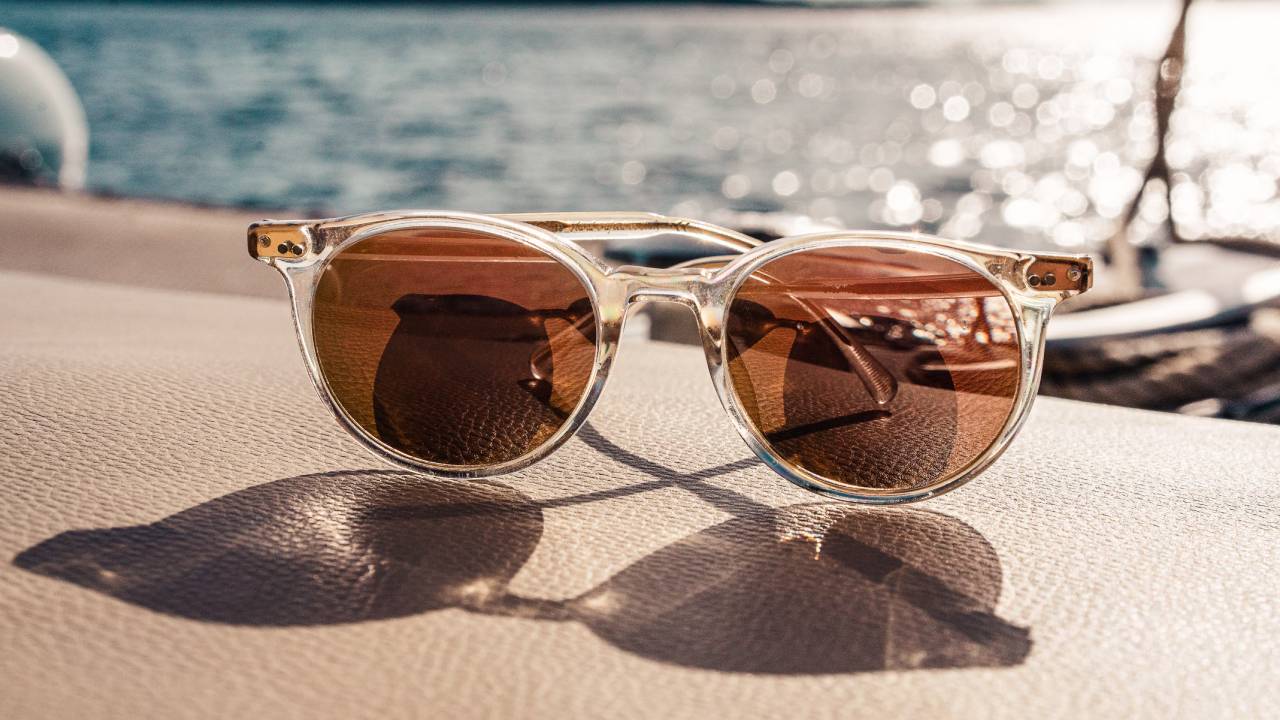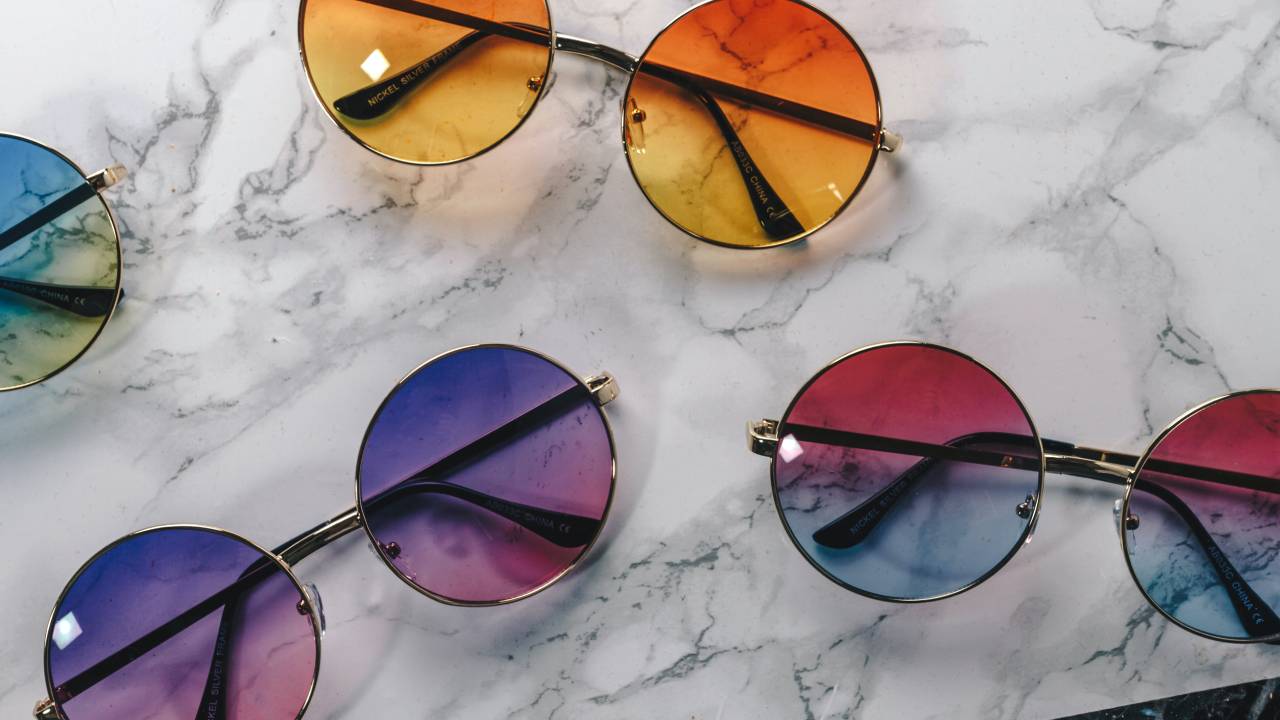
There’s no better way to enjoy the sun than relaxing outside with a cold drink in hand. However, if you’re not wearing the best sunglasses while you’re spending time outdoors, you could be seriously damaging your eye health.
The right pair of sunglasses are practical as well as stylish, protecting your eyes from harmful UV rays, preventing irritation from the elements, and reducing glare while you’re driving (see the best driving sunglasses for our top picks). But, did you know that the colour of your sunglasses lenses can make a huge difference on their effectiveness to block out the sun?
From blue and red to yellow and grey, this guide takes you through what sunglasses lens colours are best for what activity, and which ones you should choose for the summer sun.
Grey: best for everyday use
Grey or silver sunglasses are arguably the best lens colour for everyday use, and particularly bright sunlight. The colour and tint works to reduce overall brightness without distorting colours, and they provide impressive glare protection, making grey an ideal sunglasses colour for people driving or cycling (see the best cycling sunglasses for more). Grey sunglasses are also great for eye fatigue as the colour causes less strain and squinting. Overall, grey sunglasses are the best choice for everyday wear, and different types and strengths of light, including bright suns and cloudy skies.
Brown: best for sensitive eyes
Brown or amber sunglasses are extremely popular, but they’re best suited for people who are sensitive to light. The darker hints in brown helps protect the eyes from fatigue, and they brighten your vision by enhancing the colours and improving your depth perception. For sensitive eyes, they work to soften the light brightness without distorting the colours around you and cutting through glare. Experts recommend wearing brown sunglasses for sports like golf.
Green: best for most conditions
Green sunglasses are best for the majority of conditions, including bright sunlight, low light and cloudy days. The green lenses are great for maintaining colour accuracy, perception and contrast, and they work to reduce glare and brighten shadows. Green sunglasses are also effective at blocking out blue light which can be disruptive to your sleep schedule if you consume too much before bed. Due to their glare reduction, green sunglasses are recommended for outdoor activities like tennis, golf, fishing and hiking.

Blue: best for outdoor activities
Another top sunglasses colour for outdoor sports is blue. Blue or purple sunglasses offer brilliant UV protection, colour perception and work to reduce eye strain and fatigue. What makes them best for outdoor activities is their reduced glare and amplified colours and contours, plus they’re a great choice for skiing, snowboarding and watersports. Blue sunglasses are also very stylish and extremely popular during the summer months.
Red: best for depth perception
Like most of the other colours on this list, red or pink sunglasses are adept for reducing glare, strain and fatigue. What sets red apart from the others is their admirable depth of perception, enhanced detailing and field of vision. Red sunglasses are also frequently recommended for winter sports as they offer a stronger contrast against white backgrounds and better shielding from snow blindness.
Yellow: best for low light
For low light conditions like fog, clouds and hazy weather, yellow or orange sunglasses are the best choice. The yellow tint works to enhance the contrast and clarity, and improve depth perception while making it easier for your eyes to focus on moving objects. While they can still help in brighter conditions, they’re best suited to overcast days to make your surroundings clearer. Yellow sunglasses are also skilled at blocking out blue light too.
For more style advice, check out how to choose the right sunglasses for your face shape.







